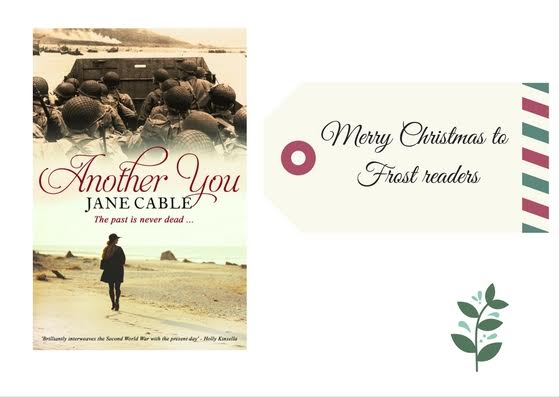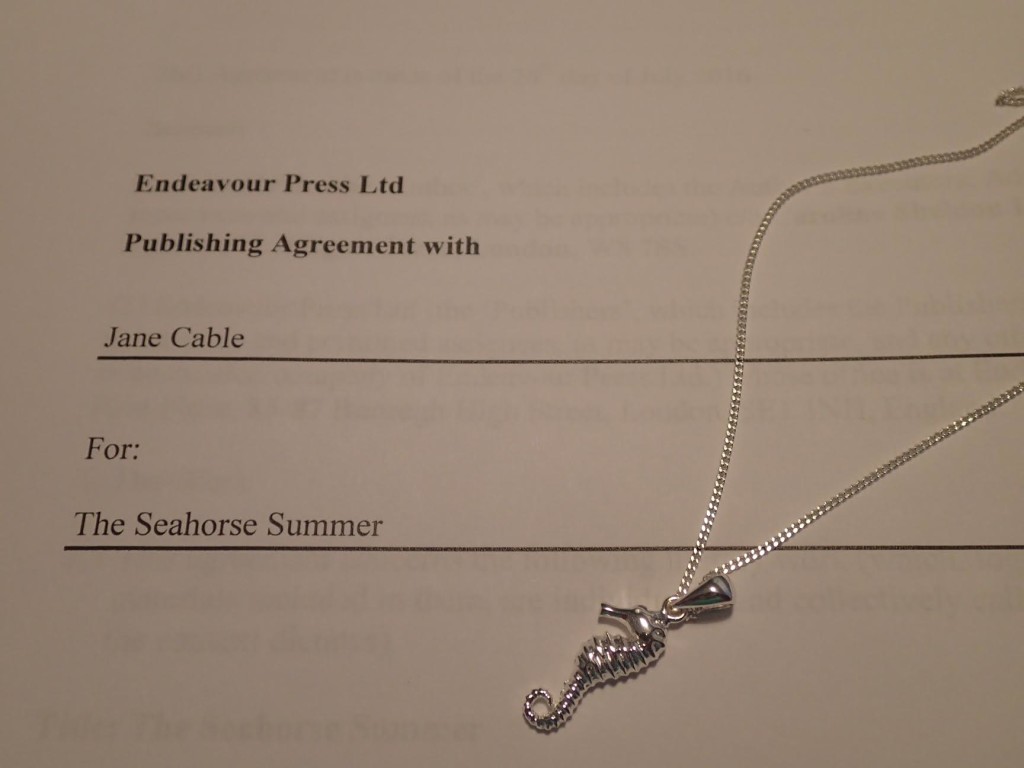At Frost we’re particularly fond of Troubador Publishing – a self publishing organization, one that is hugely successful. Apart from being hugely successful and professional we’re fond of it because it helps Words for the Wounded publicise its fundraising Independent Author Book Award. Indeed, WforW’s inaugural winner, Jane Cable, was published by them. Jane has now been taken by Endeavour Press and Another You has just been published.
We were really pleased when we asked the marketing team to take us behind the scenes, and they readily agreed. We will be publishing their Day in the Life in four sections over four weeks. But let’s hear it in the Troubador team’s own words.
………..

Alexa Davies drafts an Advance Information (Al) sheet
For a new title, the route to market – and customer – is multi-faceted, and it’s vital to undertake each important step within the process. Many authors only think about marketing once they’ve signed off their print files and approved their book for print, but it’s crucial to start thinking about this much earlier on. Marketing, and distribution, are key parts of the publication process – and parts that a book depends upon in order to make sales, as well as media coverage – which in turn leads back to sales.
To highlight the different steps within the marketing of a title – and the importance of doing them all at the right time – we’ve broken down the process into four distinct steps, which all happen at different stages of the production process. These are all things that happen every day in the marketing department of Matador, the high-quality self-publishing imprint of Troubador Publishing Ltd.
Jasmin Elliott, Alice Graham, Alexa Davies and Sarah Taylor from Matador’s marketing team each take a turn to explain exactly what happens – and when.
3-6 months pre-publication: Trade Marketing. This involves notifying retailers and libraries of an upcoming book in order to generate sales.
Trade marketing begins with drafting Advance Information (AI) sheets once an author signs up to publish with us. Once they’ve been approved and updated with a finalised cover, copies are sent out to relevant local and national bookshops. Every AI contains all the information that a buyer needs to know when deciding whether or not to stock a book. Quite often there is a lot of information, which we need to condense into a single page – while still providing all the relevant detail! Writing AIs is one of the more fun parts of trade marketing – it involves being creative with the information that our authors have given us and turning them into professional, industry-standard documents that will result in book sales.
When the first draft of the AI has been completed, from the information that the author provides at the beginning of the publication process, we then send this on to the author. It’s important to us that our authors are happy with the way their book is represented, and so we strive to work with their suggestions as much as possible, but we also provide guidance where we feel that something won’t work or has been omitted.
Once the author has approved their AI drafts, we add the information to a central book listing, which then gets sent out to a data aggregator called Nielsen – who then send this information on to recipients within the trade. This is a crucial point in the process, as it’s the only way that a title is discoverable/orderable – and we ensure that we keep this updated moving forward. We also update the book page on our own Troubador website (as we sell books directly to both customers and retailers) to entice buyers to purchase.
Once we have been sent a final, approved cover from the production department, we add it to the sheet (it’s important to include a cover, as most buyers make or finalise their stocking decisions based on what the book will look like) and then send it out. Each sheet is sent out to a highly targeted local and national mailing list, which is created according to the subject and interest area of a book, as well as the author’s own local area. This includes both the key outlets that we send information all of our titles to – like Waterstones and WHSmiths – as well as independents and chain branches. Once we have our list of appropriate booksellers, the final stage of envelope stuffing begins! Though some buyers prefer information by email, a lot still goes out by post – which has close to a 100% open rate.
See the next instalment in a week.
http://www.troubador.co.uk
About us…
Matador offers a bespoke, comprehensive and high-quality self-publishing service. (www.troubador.co.uk/matador). We also offer standalone marketing and distribution services for authors who publish elsewhere (http://www.troubador.co.uk/distribution.asp) and standalone design and editorial services via our sister company, Indie-Go (http://www.indie-go.co.uk).
Our annual Self-Publishing Conference, held on 22nd April 2017, offers sessions on all aspects of the publishing process and can be tailored to each delegate’s requirements – registration is open now for £65 per person: (http://www.selfpublishingconference.org.uk).









